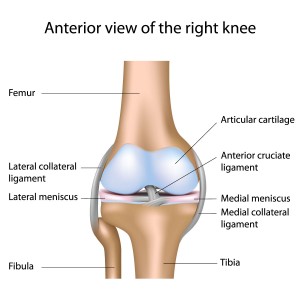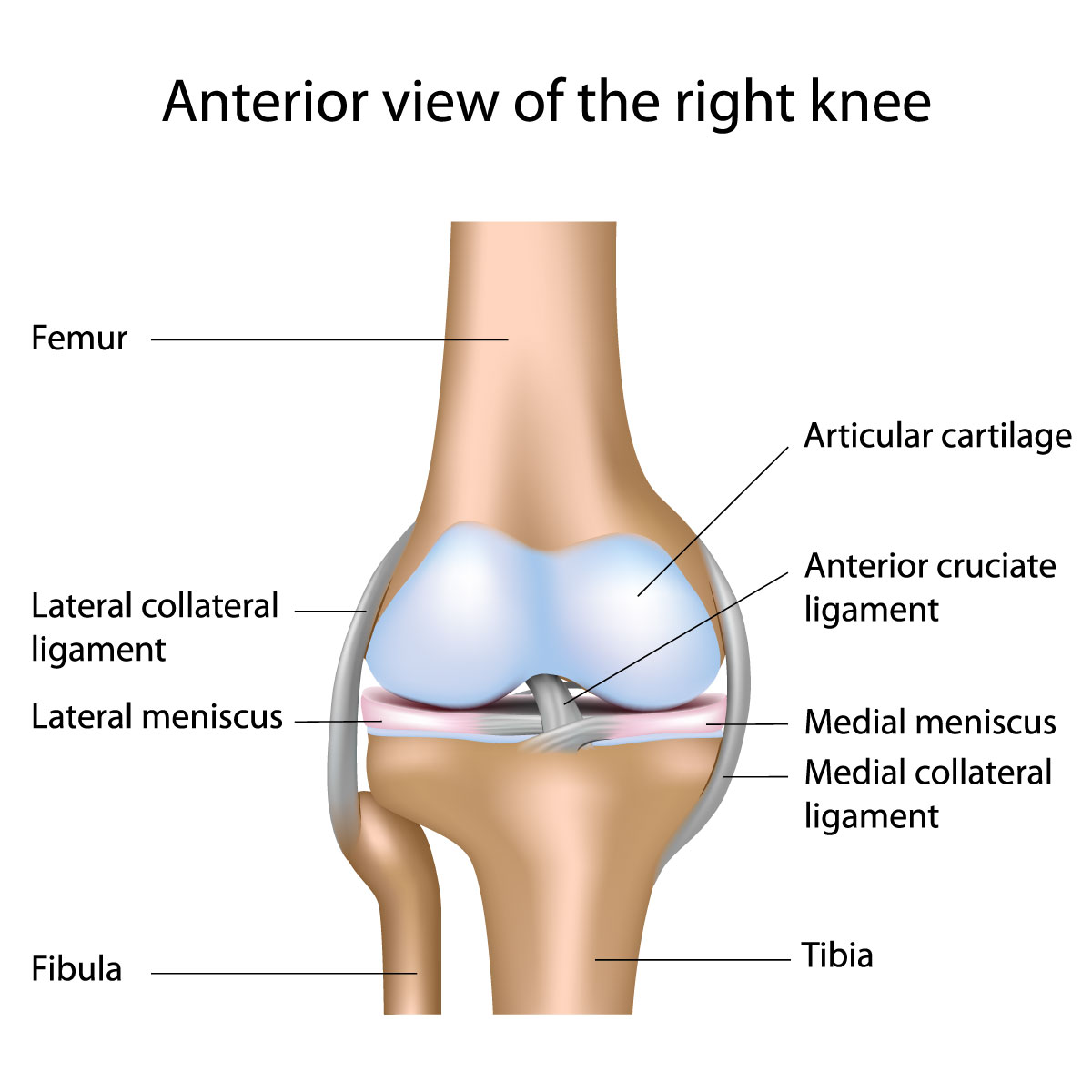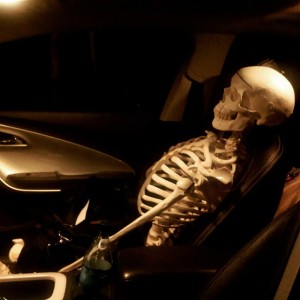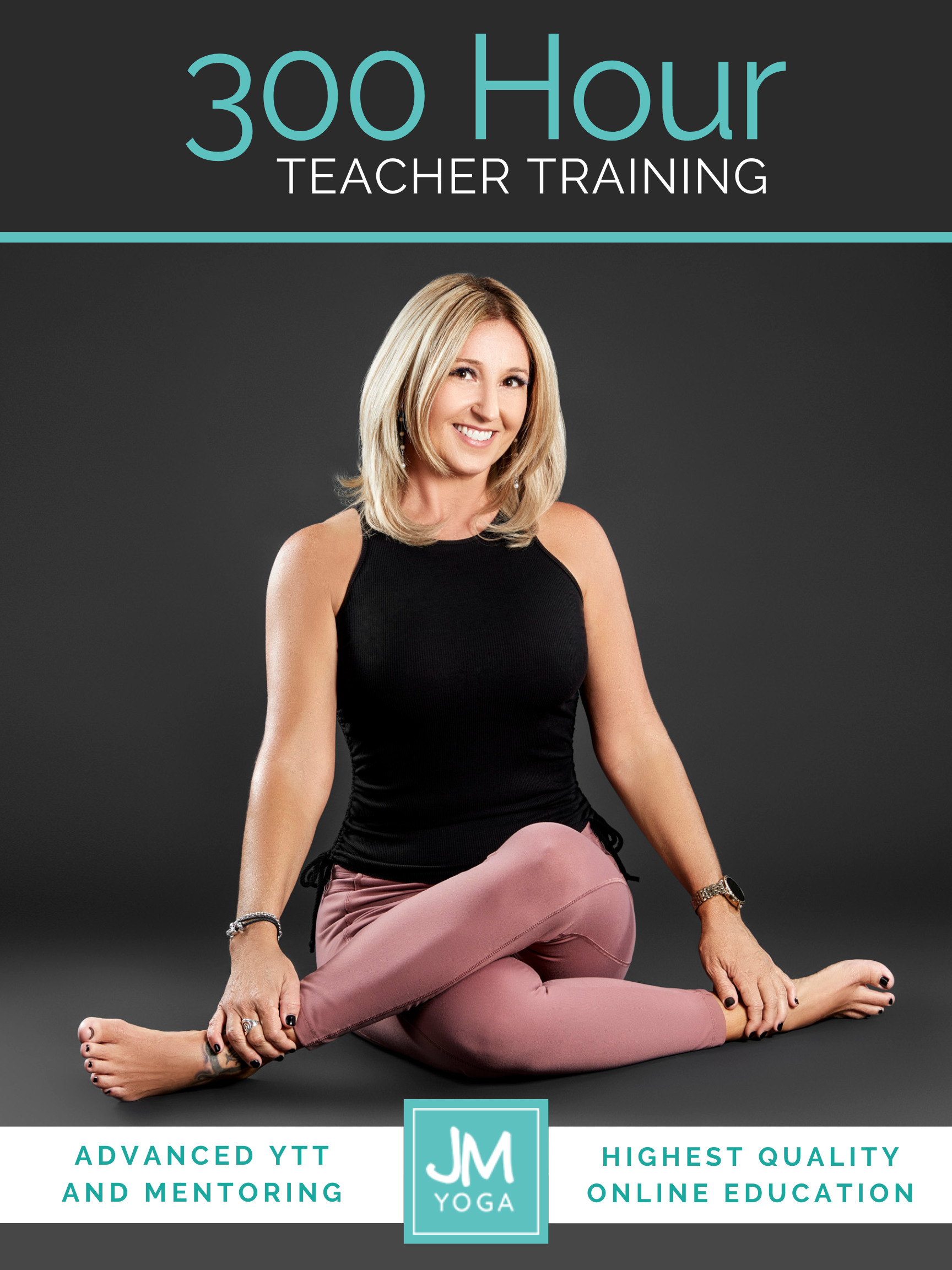When I first registered for Calculus as an undergrad, it had been several years since I had taken it in high school. For some reason, I avoided taking Math in college, but then ended up choosing it as my minor (my major was Women’s Studies). Anyway, on the first day, the professor started lecturing, writing what he was saying on the blackboard. When he finally paused, I looked up and saw that he had written simple line of symbols but I had composed an extensive paragraph written in actual words. I had to relearn the alphabet of mathematical symbols if I was going to succeed in this class.
I succeeded, in case you don’t me well enough yet.
Also, I have no idea why I told you that story. It has nothing to do with this blog beyond the title.
This blog is about how anatomy is only one small field of study when it comes to understanding how the body works. In my opinion, biomechanics actually tells us much more. Yet most yoga schools only teach about 10-20 hours of anatomy and physiology while providing ZERO hours of biomechanics. This is a problem for me.
Anatomy ≠ biomechanics when it comes to understanding movement. Anatomy in yoga schools is generally learned by looking at pictures of structures in a book and learning the names of them. If you attend a solid yoga school, you may also study what these structures are capable of doing, such as which ligaments hold certain bones together and how certain joints are expected to articulate.
But the shortcoming of this model is that the images and descriptions in the book don’t actually represent how a real person moves and adapts. They represent how a robot of a pretend replicable human would move if that’s how we built one. They are caricatures. No real person actually looks like the book or the plastic skeleton I drive around to workshops.
Real people have actually adapted to their movement history. The past loads placed on tissues define their capacity to withstand future loads. This cannot be grasped from a picture or model.
For example, by looking at a text book classifying the knee joint as a hinge joint, we think the knee acts as a hinge. With this piece of anatomical information, we choose to load it in flexion and extension, like we would a hinge joint, avoiding rotational movements that it seems it is not designed for. As a result, the ligaments around the knee joint adapt to withstand loads within the sagittal plane, and lose the capacity to withstand loads from other directions.
The knee joint is actually a bicondylar hinge joint with six degrees of freedom (flexion and extension, external and internal rotation, varus and valgus angulation, anterior and posterior glide, medial and lateral shift, compression and distraction) [1].
 (image by Shutterstock)
(image by Shutterstock)
In the effort of keeping the knee safe by loading it only in flexion and extension, we are actually putting it at greater risk for injury.
I’m not suggesting we all go and throw alignment to the wind. Please do not interpret my message this way. But I am suggesting that we expand our interpretation of alignment to include biomechanics and how our tissues behave and adapt under loads.
You’d be surprised how far a little biomechanical education goes in the yoga room. Age old disputes, such as straight knee vs. bent knee forward bends, can be worked out in an instant if you understand biomechanics. And most often the solution is not the same as that derived from a purely anatomical pursuit.
In conclusion, biomechanics > anatomy.
Translation: biomechanics is greater than anatomy, meaning it includes anatomy plus more.
____________________________________________________________________________
[1] Komdeur, P., Pollo, F., & Jackson, R. (2002). Dynamic knee motion in anterior cruciate impairment: a report and case study. Baylor University Medical Center Proceedings, 15, 257–259.
Extend Your Learning: Advanced Yoga Teacher Training with Jules Mitchell
This program is ideal if you have an interest in biomechanics, principles of exercise science, applications of pain science, neurophysiology, and stretching. These themes are combined with somatics, motor control theory, pose analysis and purpose, use of props for specific adaptations, pathology, restorative yoga, and intentional sequencing.
You will learn to read original research papers and analyze them for both their strengths and their biases. Critical thinking and intellectual discourse are central components in this training, which was designed to help teachers like you navigate through contradictory perspectives and empower you with education. Learn more >




I love your point get Jules! I thought my YTT program ha a pretty well rounded anatomy portion. In fact, I probably got a more accurate view of human movement from my teacher training than I did in four years of classes for biomedical engineering in college. It’s sad considering I was using that knowledge to design medical devices. Anyway, my point is, it’s not just yoga teacher trainings that could use an anatomy makeover, it’s probably engineering and med school programs too!
Thank you, I have a minor in Exercise Science(many years ago) & appreciate your blog. Can you expand on your statement “Age old disputes, such as straight knee vs. bent knee forward bends, can be worked out in an instant if you understand biomechanics”? How would you explain working this out through understand biomechanics.
Thank you
In a future blog, I will. We cover it in the Science of Stretching seminars as well. 🙂
You said it!
oh my with the sexy smart distinctions! 🙂 well said —looking forward to more expounding on this great topic.